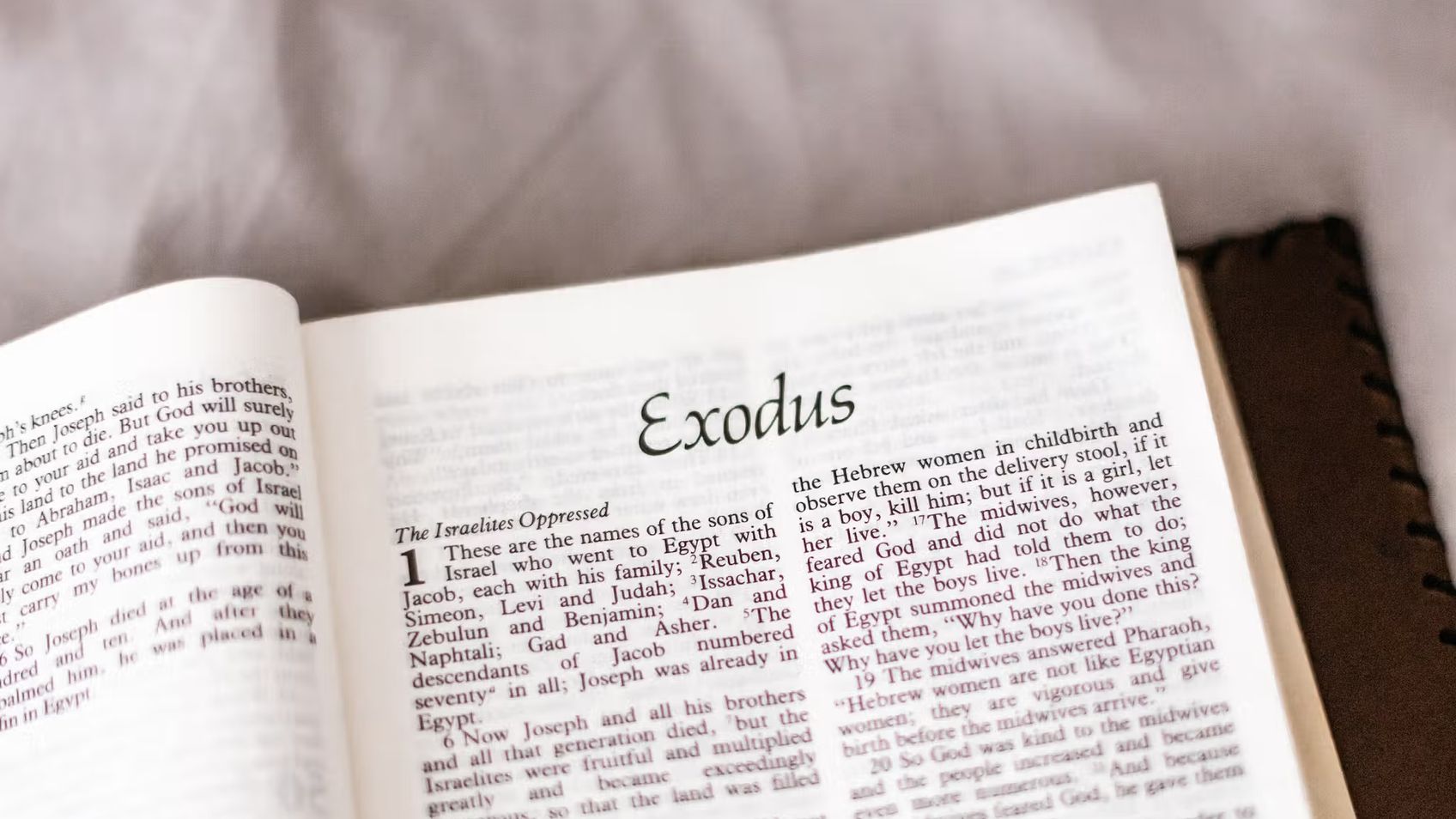Exodus Tabernacle Meaning (Part 2)

ExodusSteve Gregg
The Tabernacle in Exodus had many different elements that held spiritual significance, such as the walls made of boards, the showbread, and the altar of incense. These items were symbolic of Christ's body and represented aspects of his ministry and relationship with his followers. The Tabernacle also served as a representation of the self-church and individual believers in whom God dwells. John's Gospel references the Tabernacle in emphasizing the symbolic nature of Jesus' ministry. Ultimately, the Tabernacle was a symbol of God dwelling among His people.
More from Exodus
24 of 25
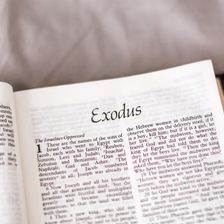
Next in this series
Exodus Offerings
Exodus
In Exodus, the people of Israel showed eagerness to contribute to the building of the tabernacle, giving both free will and mandatory offerings to sup
25 of 25

Exodus Priests
Exodus
In the book of Exodus, the consecration of the priesthood and the elaborate garments they wore are detailed. Aaron and his sons were designated as the
22 of 25

Exodus Tabernacle Meaning (Part 1)
Exodus
This passage discusses the meaning and symbolism behind the Exodus Tabernacle, which was a portable worship space used by the Israelites during their
Series by Steve Gregg
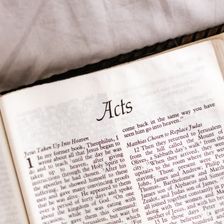
Acts
Steve Gregg teaches verse by verse through the book of Acts, providing insights on the early church, the actions of the apostles, and the mission to s

Cultivating Christian Character
Steve Gregg's lecture series focuses on cultivating holiness and Christian character, emphasizing the need to have God's character and to walk in the
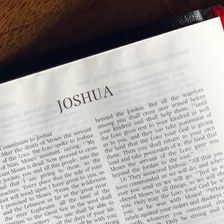
Joshua
Steve Gregg's 13-part series on the book of Joshua provides insightful analysis and application of key themes including spiritual warfare, obedience t
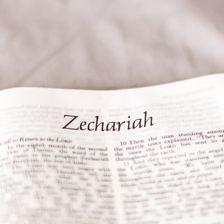
Zechariah
Steve Gregg provides a comprehensive guide to the book of Zechariah, exploring its historical context, prophecies, and symbolism through ten lectures.
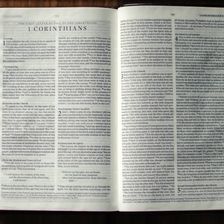
1 Corinthians
Steve Gregg provides a verse-by-verse exposition of 1 Corinthians, delving into themes such as love, spiritual gifts, holiness, and discipline within
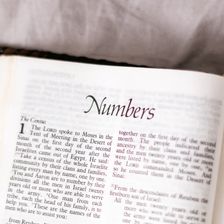
Numbers
Steve Gregg's series on the book of Numbers delves into its themes of leadership, rituals, faith, and guidance, aiming to uncover timeless lessons and
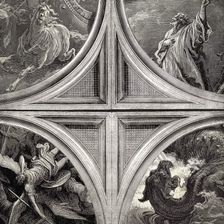
Revelation
In this 19-part series, Steve Gregg offers a verse-by-verse analysis of the book of Revelation, discussing topics such as heavenly worship, the renewa
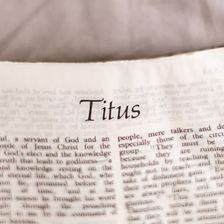
Titus
In this four-part series from Steve Gregg, listeners are taken on an insightful journey through the book of Titus, exploring issues such as good works
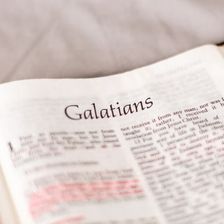
Galatians
In this six-part series, Steve Gregg provides verse-by-verse commentary on the book of Galatians, discussing topics such as true obedience, faith vers

Charisma and Character
In this 16-part series, Steve Gregg discusses various gifts of the Spirit, including prophecy, joy, peace, and humility, and emphasizes the importance
More on OpenTheo
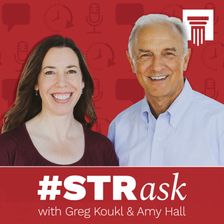
How Do We Advocate for Christian Policy Without Making the Government Interfere in Every Area of Life?
#STRask
November 20, 2025
Questions about how to advocate for Christian policy without making the government interfere in every area of life, and the differences between the mo
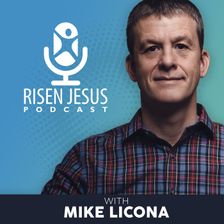
Do Christians Need to Believe that Jesus was Raised Bodily from the Dead? Licona vs. Patterson
Risen Jesus
October 15, 2025
In this episode, Dr. Stephen Patterson, New Testament professor at Eden Theological Seminary, argues against the bodily resurrection of Jesus, contend

What Are Some Good Ways to Start a Conversation About God with Family Members?
#STRask
October 30, 2025
Questions about how to start a conversation about God with non-Christian family members, how to keep from becoming emotional when discussing faith iss
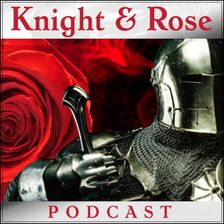
Corey Miller: The Progressive Miseducation of America
Knight & Rose Show
September 27, 2025
Wintery Knight and Desert Rose welcome Dr. Corey Miller to discuss The Progressive Miseducation of America. They examine how universities promote scie

Is Doing the Right Thing a Sin If You Truly Believe It’s Wrong?
#STRask
September 22, 2025
Questions about whether Romans 14:23 means that doing the right thing is a sin if you truly believe it’s wrong, and how to reconcile Hebrews 10:16, wh

What Tools of Reasoning Help You Know What’s True, Right, and Good?
#STRask
December 4, 2025
Question about what tools of reasoning help us determine whether something is true or false, right or wrong, good or bad before bringing Scripture int

Since Most People Are Wrong When They Make Supernatural Claims, Why Didn't God Do Better?
Risen Jesus
September 17, 2025
Dr. Matthew McCormick, a philosophy professor at California State University, Sacramento, doesn’t believe that there is satisfactory historical eviden

What Are the Top Three Apologist Pitfalls to Watch Out For?
#STRask
October 2, 2025
Question about the top three pitfalls to watch out for when you start using apologetics in conversations with others.
* What are the top three apol

What About Those Who Never Heard the Name of Jesus?
#STRask
December 22, 2025
Questions about what will happen to those who never heard of Jesus or were brought up in a different faith, whether there’s biblical warrant to think

Why Does the Bible Teach You How to Be a Proper Slave Owner?
#STRask
November 13, 2025
Question about why it seems like the Bible teaches you how to be a proper slave owner rather than than saying, “Stop it. Give them freedom.”
* It s

How Can I Improve My Informal Writing?
#STRask
October 6, 2025
Question about how you can improve your informal writing (e.g., blog posts) when you don’t have access to an editor.
* Do you have any thoughts or

Are You Accursed If You Tithe?
#STRask
December 15, 2025
Questions about whether anyone who tithes is not a Christian and is accursed since Paul says that if you obey one part of the Mosaic Law you’re obliga

Why Would Any Rational Person Have to Use Any Religious Book?
#STRask
December 8, 2025
Questions about why any rational person would have to use any religious book, whether apologetics would be redundant if there were actually a good, un
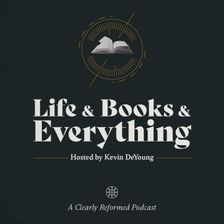
Christmas Cranks and Christmas Blessings with Justin Taylor and Collin Hansen
Life and Books and Everything
December 17, 2025
If you are looking for a podcast where three friends talk about whatever they want to talk about and ramble on about sports, books, and grievances, th

How Did a Fisherman Write the Book of Peter?
#STRask
September 18, 2025
Questions about how a fisherman could have written the book of Peter, why people say that not mentioning the destruction of the temple indicates an ea
